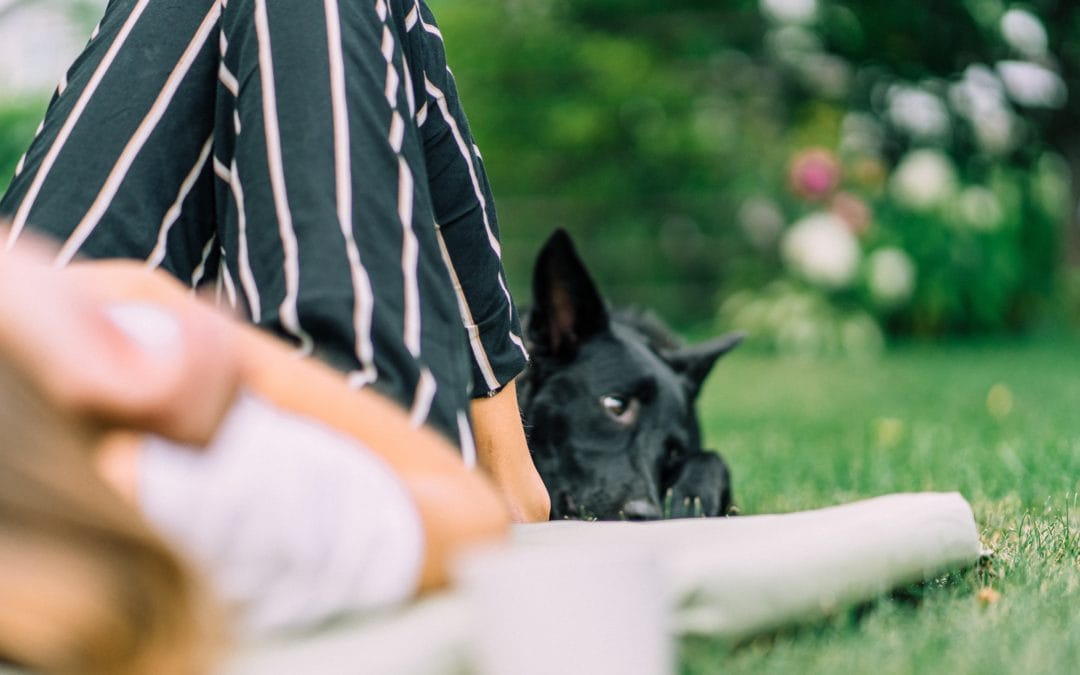“I want my dog to be calm…” a phrase often heard by professionals in the pet industry. We all know this dog. Biscuit is on their second walk of the day, which was followed by a session of ball and frisbee in the yard, two rigorous rounds of tug o’ war, and a rousing game of tag who’s the leash keeper down the hall… but they are still not tired. You, the bodacious dog mom, have been losing out on some of those precious mid-morning snoozes because the new guy can’t relax. Contrary to popular belief, running a dog ragged won’t always satisfy them, and sometimes it can be counterintuitive to making them tired and sleepy. There are dogs that come with that automatic, how we say, “off switch” and some that need to learn what it means. Instead of telling our beloved Rover that you will cave and go one more round, let’s find those moments of zen and put some assets in that safety deposit box.
Calmness can be captured. A widely known secret among most trainers, capturing moments of calm helps to set a dog up for success when you need some down time. Overall, being able to exhibit calm behavior and not be in a constant state of arousal, is good mental health practice for your canine companion anyway. From the get go, a good way to capture a dog’s ability to relax is when you are observing the behavior. Normally, we tend to ignore our dogs when we finally get a moment’s peace from them. The better way to ensure this desirable response continues, is to deliver something of value for it happening in the first place. A dog who chooses to lie down in a relaxed fashion should receive a food reward. Giving the dog something that is more engaging (like a long lasting chew), helps to encourage the dog to remain in that position and also delivers consistent reinforcement for the action. The dog is more likely to choose this response in the future to increase their likelihood of receiving a reward.
I should feed my dog for relaxing? It sounds strange to start; a dog having to receive food for doing what we presume to be a natural response. The key thing to remember is that if your dog isn’t already doing it naturally, your pup probably needs a crash course in “sleep mode”. In addition, compromising by doing more activities is most likely affecting their response to be calm around you. You keep bringing on the fun, how can they possibly relax? You might not need to only deliver food at first. You might also need to keep the dog on a short leash tether to restrict access and wandering. You want to be the primary reinforcer and don’t want to compete with all the other “fun” gizmos and gadgets a dog could fashion into a toy. This leads to the dog self-reinforcing which could make the process of teaching them to relax take longer.
Since some of these tips are what we generally recommend when bringing a new dog home, applying these techniques within the first week is a great way to form positive habits. Not to mention, you are teaching your new dog the ground rules of the house before they get too acclimated. Dogs will settle into whatever behavior/routine you present them with. Putting your best foot forward sets up appropriate expectations for yourself and your canine companion. As always, consistency is key in maintaining any behavior that you choose to reinforce. So grab those energizer dogs and give them a lesson in relaxation.


